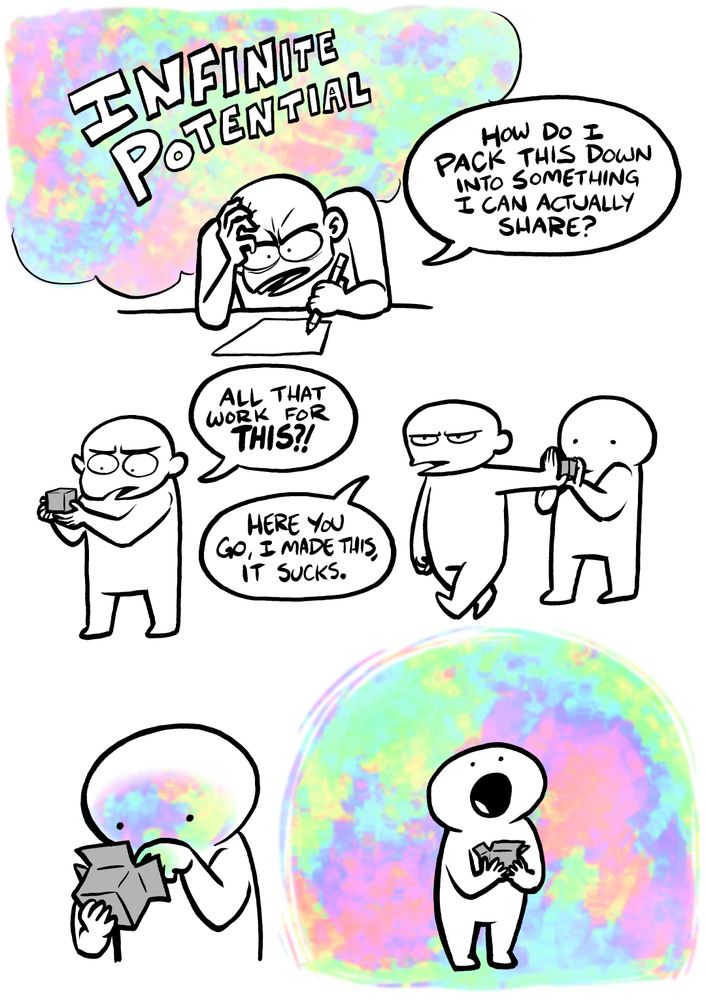Galaxy Map
@galaxymap.bsky.social
490 followers
270 following
820 posts
The first accurate and detailed maps of the Milky Way and ways to promote and visualize them (including VR).
Website: https://kevinjardine.dev
Tip jar: https://tiptopjar.com/kevinjardine
Also follow me on @[email protected]
Posts
Media
Videos
Starter Packs
Reposted by Galaxy Map
Reposted by Galaxy Map
Reposted by Galaxy Map
Reposted by Galaxy Map
Reposted by Galaxy Map
Reposted by Galaxy Map
Reposted by Galaxy Map
Reposted by Galaxy Map
Reposted by Galaxy Map

























